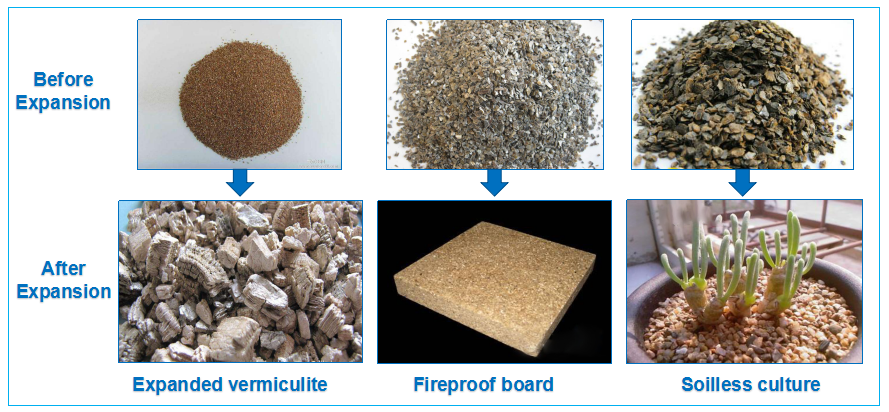Gas detector is how to detect toxic and harmful gases to specifically understand its detection principle : The key component of a gas detector is a gas sensor. Gas sensors can be divided into three categories from the principle: First, the use of physical and chemical properties of gas sensors: such as semiconductors, catalytic combustion, solid heat conduction, photoionization and so on. Second, the use of physical properties of gas sensors: such as thermal conductivity, light interference, infrared absorption. Third, the use of electrochemical properties of gas sensors: such as current type, potential type. Combining several detectors commonly used for the detection of toxic and harmful gases to introduce the detection principle : 1. For the detection of common flammable LELs, catalytic combustion detectors are generally used. Its principle is that the core of the sensor is a Wheatstone bridge, in which a catalyst is placed on a bridge arm. When in contact with the combustible gas, the combustible gas burns on the bridge of the catalyst, and the resistance of the bridge changes. The resistance of the bridge does not change, causing the output of the entire circuit to change, which is proportional to the concentration of the flammable gas, thus enabling the detection of flammable gases. 2. For the detection of common toxic gases, especially inorganic toxic gases, special sensors are generally used for detection, which are qualitative and quantitative. Most of these sensors are point chemical sensors. The electrochemical sensor is generally a three-electrode situation. The target gas provides a suitable bias at the working electrode. The sensor reacts selectively with the catalyst of the reference electrode and the working electrode, that is, a qualitative reaction. The current produced by the circuit is proportional to the concentration of the gas, enabling a quantitative reaction. The general oxygen sensor is a two-electrode sensor. The detection principle is the same as that of the three electrodes, except that the output of the three electrodes is more stable and the lifetime is longer. 3, for the detection of volatile toxic gases, early detection is the use of the detection method, but due to the limited variety of detection tubes, the accuracy is not applicable to the reasons affected. At present, it is more popular to use the photoion detection method. The principle is to pass a UV lamp to the target gas store. An example is to collect the current through a sensor. The current is separated from the target gas. An example is collected by a sensor to form a current, the current and the target. The concentration of gas is inversely proportional to the quantitative detection of organic volatile gases. Because it is an ion-level detection, the method has high resolution and fast response time.
Vermiculite slabs commonly used in the construction industry are made of Expanded Vermiculite. Raw vermiculite becomes expanded vermiculite after expansion. Vermiculite Expansion Furnace is a kind of equipment that calcines raw vermiculite into expanded vermiculite at high temperature. Expanded vermiculite is widely used in agriculture and horticulture as well as in construction industry. The vermiculite expansion furnace produced by our company is a kind of energy-saving and environmental protection equipment with low cost and high benefit. At present, Vermiculite Expansion Equipment developed by our company can not only use gas as fuel, but also use natural gas as fuel.
Vermiculite Expansion Equipment Perlite Vermiculite,Vermiculite Expansion Equipment,Vermiculite Expansion Plant,Professional Vermiculite Expansion Equipment Henan Dianyan New EnergyTechnology Co. Ltd , https://www.cngasifier.com
How gas detectors detect toxic and harmful gases
News Related Keywords: No tags.
